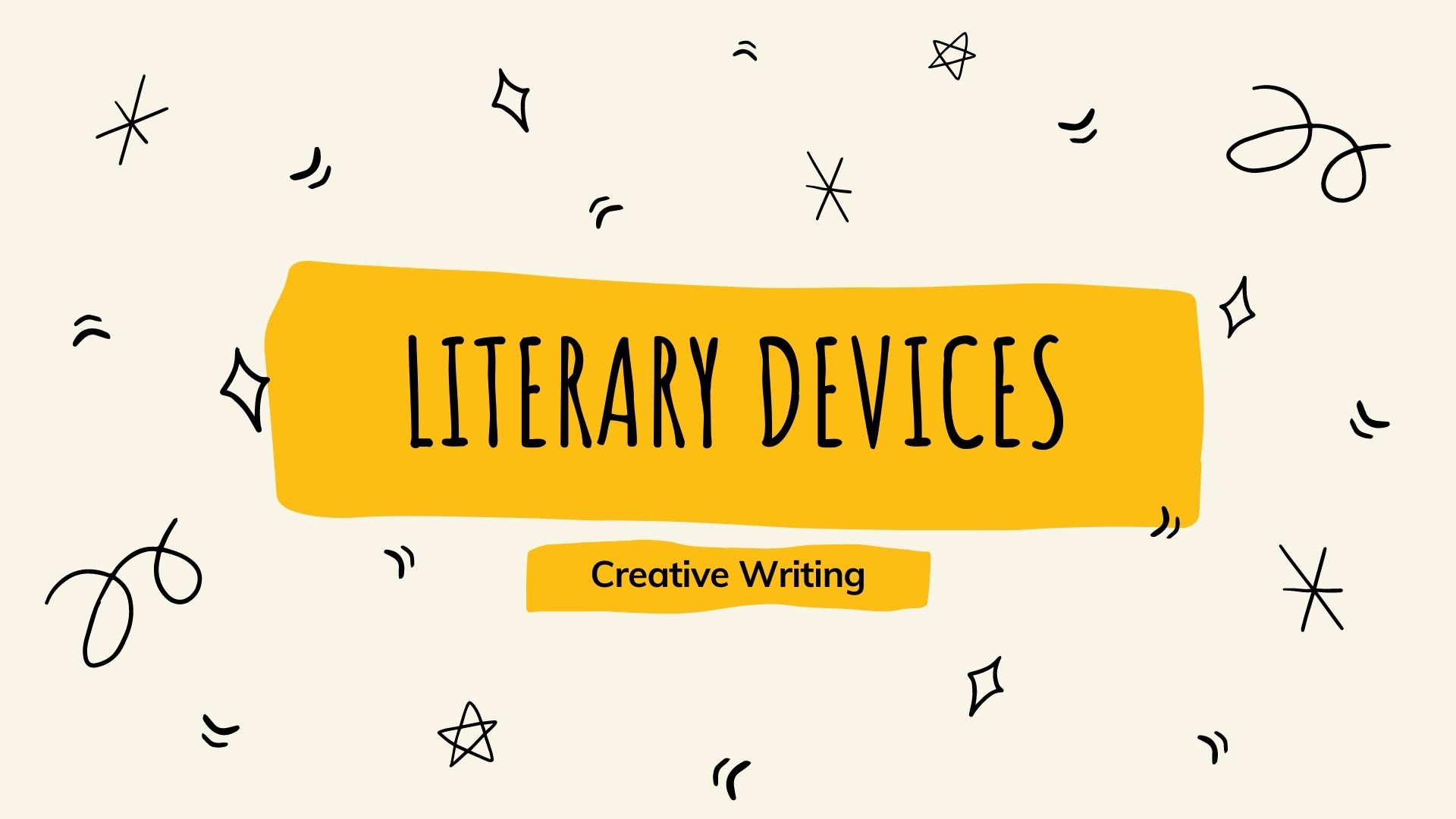Introduction
Language is a powerful tool that allows us to express ourselves, convey ideas, and connect with others.
It possesses the ability to evoke emotions, create imagery, and leave a lasting impact on its audience. Within the realm of literature and communication, various literary devices enhance the beauty and effectiveness of language.

This article delves into three such devices—allusion, analogy, and euphemism—to understand their significance, explore their applications, and appreciate their role in shaping our perception of the written and spoken word.
Allusion: Bridging the Gap between Words and Context
An allusion refers to a brief and indirect reference to a person, place, event, or work of art that holds a deeper meaning. It adds depth and complexity to a text, allowing the reader to draw connections and understand the intended message more vividly.
For instance, in "To Kill a Mockingbird" by Harper Lee, the character Atticus Finch is portrayed as a symbol of moral courage, alluding to the biblical figure of Jesus Christ. By employing allusions, writers create layers of meaning, evoke cultural or historical references, and engage the readers' intellect and imagination.
Allusion can be categorized into several types: historical, mythological, biblical, literary, and pop culture references. They serve to enrich the text, add depth to characters, and contribute to the overall theme or message conveyed.
By interlinking various works, an allusion stimulates the reader's familiarity with the referenced material and encourages a deeper understanding of the text.
Analogy: The Power of Comparison
An analogy is a literary device that compares two different things or ideas to highlight their similarities.
It functions as a bridge between the known and the unknown, enabling readers to grasp complex concepts by relating them to something more familiar.
Analogies are frequently used in explanatory or persuasive writing to clarify abstract or intricate ideas by drawing parallels with more concrete or relatable concepts. For example, Martin Luther King Jr.'s famous analogy in his "I Have a Dream" speech, where he compares racial equality to a promissory note that America has defaulted on.
This analogy vividly captures the audience's attention, making the message more relatable and compelling.
By using analogies, writers can simplify complex topics, evoke vivid imagery, and engage readers on a deeper level. Analogies can be found across various domains, such as literature, science, philosophy, and everyday communication.
They aid in understanding, persuasion, and creativity, making them an indispensable tool for effective communication.
Euphemism: Softening the Blow
In many instances, language needs to navigate sensitive or uncomfortable subjects with tact and diplomacy. That is where euphemism comes into play. It is a figure of speech that replaces blunt or harsh expressions with milder or indirect ones.
Euphemisms are used to soften the impact of words, convey socially acceptable terms, or address taboo subjects delicately.
For example, instead of saying someone has passed away, we might use the euphemism "they have passed" to cushion the impact of death.
Euphemisms are commonly used in various contexts, including politics, healthcare, and social interactions. They serve as a linguistic tool to navigate delicate topics, maintain social harmony, and avoid offense or discomfort.
By choosing the right euphemism, speakers can convey their intended meaning while remaining sensitive to their audience's emotional state.
The Power of Language and Communication
Language is the foundation of human interaction, and the effective use of literary devices can enhance our ability to communicate and connect. Allusion, analogy, and euphemism offer distinct ways to shape and mold language for different purposes.
Allusion enriches texts by drawing on shared cultural knowledge, invoking emotions, and creating depth.
It allows readers to connect with the familiar while exploring new territory. Analogies serve as powerful tools for explanation, making complex ideas more accessible by linking them to relatable concepts. By engaging the audience's imagination, analogies facilitate comprehension and evoke empathy.
Euphemisms, on the other hand, help navigate sensitive topics with sensitivity and tact, enabling effective communication even in challenging situations.
The mastery of these literary devices requires a deep understanding of language, context, and the intended audience. Skilled writers and speakers utilize these devices to craft persuasive arguments, evoke emotions, and create impactful experiences for their readers or listeners.
By appreciating the power of allusion, analogy, and euphemism, we can unlock the full potential of language and enrich our own communication.
In conclusion, the artful employment of allusion, analogy, and euphemism adds depth, clarity, and impact to language. These literary devices allow writers and speakers to connect with their audience on a profound level, engaging their intellect, imagination, and emotions.
If you find yourself struggling with incorporating literary devices effectively, you can seek professional assistance. Websites like 5staressays.com offer "write my essay" services, providing expert writers who can help you craft a well-structured and engaging piece of writing that incorporates the desired literary devices.
By exploring and embracing these tools, we can elevate our own communication skills and become more effective conveyors of ideas and emotions.
Other literary devices you should know:
Beyond the Obvious: Unleashing the Creative Potential of Hyperbole, Imagery, and Metaphor in Essays
Writing Essays Made Easy: Harnessing the Power of Hyperbole, Imagery, and Metaphor
Unleashing the Poetic Potential of Hyperbole, Imagery, and Metaphor in Essays
Pushing the Limits of Expression with Hyperbole, Imagery, and Metaphor in Writing

